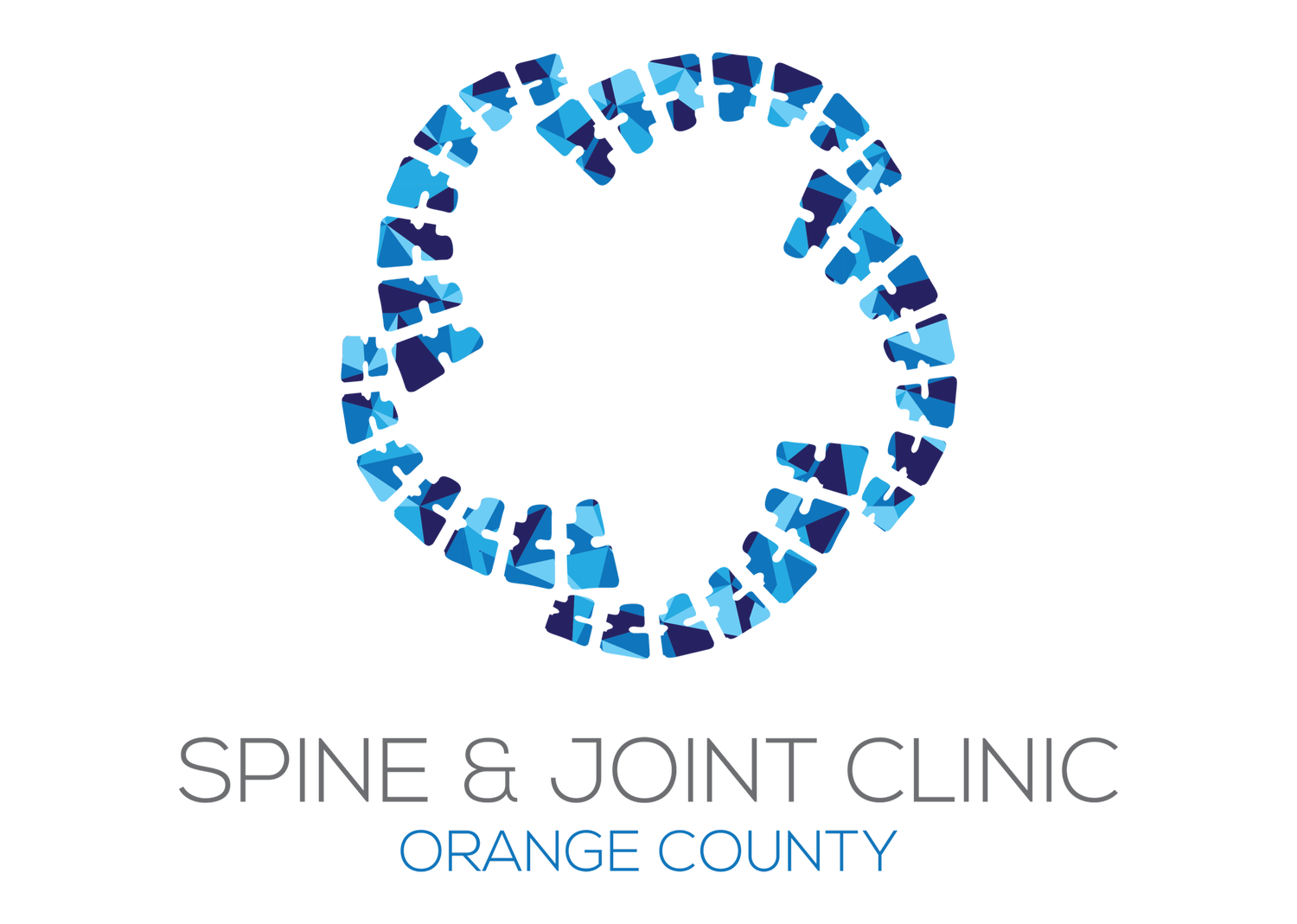Why the Adjustment May be Your Ticket out of Pain
Everybody has experienced joint discomfort, muscle aches and pain, or an injury.
Everybody has experienced joint discomfort, muscle aches and pain, or an injury.
A common culprit is neuromuscular imbalance. It happens for a host of reasons. A few of these reasons are poor posture, dysfunctional movement patterns, imbalances created during exercise/sport, and injury.
Chiropractors use adjustments to help clear these neuromuscular imbalances. Take this crude analogy. In the 90’s the federal government required sensors on garage doors to prevent accidents. The sensors serve as a binary safety feature to reverse the motorized trolley in case anything is blocking the path of the door. If there are obstructions to the sensors the doors will reverse direction or malfunction. Lights will flash and the doors will not open and close properly.
In the case of the body, lets take an injured hip joint, if the sensors/nerves embedded in the joints (hip, pelvis, sacrum) and muscles surrounding the hip send abnormal information to the brain and spinal cord the brain may choose to alter "normal" control. It will find a different way to keep you upright and provide the movement that a person requires to function. Unfortunately, there are no alarms alerting us to the specific problem and respective adaptation(s).
The potential results:
- decrease in spatial awareness
- muscle weakness
- asymmetric muscle stiffness or splinting
- reduced range of motion
- overall changes in body mechanics
- changes in spinal curvature.
Depending on the duration of the injury or misalignment, the body may begin to compensate and deviate from a more natural movement pattern. This may continue until the sensory and motor dysfunction (referred to as dysafferentation) is removed.
Evaluating the body is a multilayered task. In my approach, the first step is to ensure that we do not impose movements or posture on top of cumulative compensations (joint misalignments and abnormal muscle tension), but rather gradually restore the neuromuscular function through evaluation and specific gentle adjusting.
Overuse Injuries in Youth Sports
Who is at risk and what are some of the most common overuse injuries?
I'd venture to guess that most people know a child, brother, sister, friend, classmate, or teammate who has suffered from a hidden or undiagnosed injury. That individual may know something is awry. Perhaps he or she is unsure of the issue and doesn't know how serious it is, so he or she pushes through the recurring pain and dysfunction. Today's sports activities environment is not only taxing, but the pressure to compete is at an all time high.
I've known young athletes that have gone months before being diagnosed and treated with Sever's related heel pain, fractures in their vertebral facets, disc herniations, and even a fractured acetabulum (hip joint). One girl, unaware of her fractured acetabulum, was trekking Chicago's magnificent mile in heels. The causes of these injuries vary and are person-specific. It's important to take into account internal and external factors.
Youth sports are great for teaching life lessons and promoting physical activity. Parents, coaches, and trainers can use these opportunities to monitor young athletes. At the onset of an injury a successful treatment relies on the analysis of the development, duration, and location of the injury as well as its causes and triggers.
What is an overuse injury?
An injury due to repetitive submaximal loading (overuse) of the musculoskeletal system occurs when rest is not adequate for structural adaptation to take place. Examples include taking hundreds of practice shots for soccer or engaging in repeat tackling drills during football practice.
Overuse injury data
- 45 million children btw 6-18 years of age participate in some form of organized athletics.
- 75% of American families have at least one child playing sports.
- 4.3 million hospital emergency room visits are due to organized athletics, 2.6 million are children
- The American Academy of Orthopedic Surgeons estimates that 50% of all injuries sustained by high school and middle school athletes during sports are overuse injuries. Furthermore The American College of Sports Medicine approximates that 50 percent of those injuries in children and adolescents are preventable.
- 21 % of athletes admit to feeling pressured to play through injury (National Youth Sports Safety Foundation).
- There is a 70-80% attrition rate from sports by the time a child is 15 often due to the program's competitiveness and emphasis on winning (National Youth Sports Safety Foundation)
- Youth coaches exert a significant influence on young athletes although fewer than 20% have received any type of formal training.
Mechanism/Pathology
Repetitive loading can result in microtrauma that manifests in the muscle-tendon complex, bone, bursa, neurovascular structures, and physis(growth plate).
In growing children, the musculotendinous complex can lag behind longitudinal bone growth. A mismatch in these tissues during a growth spurt can result in tightness and inflexibility around the joint. Increased activity leads to stress in both joints, tendons and muscles.
Pre-existing misalignments can accentuate the likelihood of these imbalances.
Note that previous injury is the strongest predictor of future injury due to the failure to recognize and correct the factors that contributed to the original injury.
COMMONLY SEEN OVERUSE INJURIES
- Hip/Pelvis - Femoral neck (tension-sided)
- Lumbar Spine - Pars Interarticularis stress fracture
- Leg - Anterior cortical tibial stress fracture
- Foot - Tarsal navicular stress fracture, fifth metatarsal proximal diaphyseal stress fracture, and sesmoid stress fracture
- Knee - Patellar stress fracture, osteochondritis dessicans of femoral condyle or patella
6. Shoulder/Arm - Effort thrombosis
7. Ankle - Medial malleolar stress fracture, talar dome osteochondral defect, talar neck stress frature
8. Elbow - Osteochondritis dessicans capitellum, apohpyseal nonunion of the medial epicondyle
9. Wrist - Distal radial physeal stress injury
Health care professionals aim to raise awareness of these overuse injuries, recognize, and delineate the risk factors specific to skeletally immature athletes. A Chiropractor with insights into sports-related injury can be a valuable resource for prevention and treatment that accommodates the maturing musculoskeletal system.
Check out this website for more on combating youth sports overuse injuries.











So where does emptying the dishwasher come in? I have caught myself thinking about this a handful of times while emptying my own dishwasher.